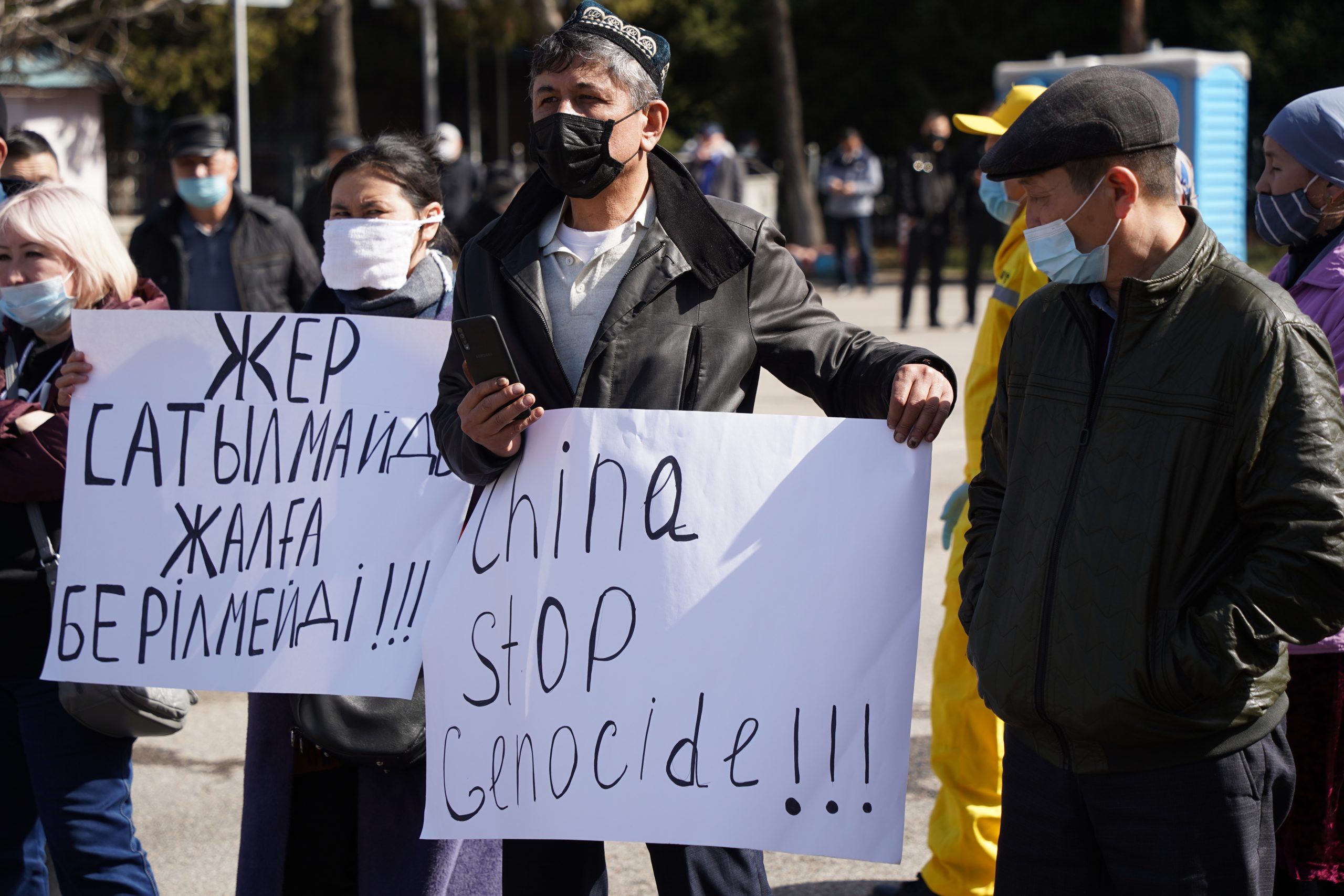Understanding Pushback against China’s Belt and Road Initiative
The Oxus Society for Central Asian Affairs is delighted to launch a new project funded by the Smith Richardson Foundation. The project will explore growing backlash to China’s Belt and Road infrastructure investments in Central Asia and reflect on the lessons for the broader international community.
In an era of emerging multipolarity, the U.S. faces a range of challenges, most significantly strategic competition with China. At the forefront of China’s challenge to global order is the Belt and Road Initiative (BRI), an ambitious series of infrastructure projects integrating China’s investments around the world. But global support is turning against the BRI and as a result, China stands to suffer reputational damage, with anti-BRI protest movements erupting in Pakistan, Indonesia, Kenya, and other parts of the world. In Central Asia, regional dynamics are proving an especially fertile testing ground for the longevity of the nascent Chinese-led regional order.
“This project will help shed light on some unforeseen consequences of the BRI such as its role in accelerating inequality and political polarization in partner countries and how this is reconfiguring China’s regional strategies,” says principal investigator Bradley Jardine.
We will explore the following questions:
- Who are the main individuals and institutions working on China in Central Asia? How do they spread their message?
- What forms of pushback is China’s expanding influence producing?.
- What factors influence pushback against China?
- How has pushback against China evolved over time and how might it develop in the future?
- How does regime-type influence the likelihood of public pushback against China?
The project will rely on four main methods: the Central Asia Protest Tracker, a new dataset of protests in Central Asia since 2018 managed by the Oxus Society, which includes China as an issue around which people mobilize, as well as a comprehensive new database logging the location, scale of investment, and number of employees of Chinese companies across the region, influencer mapping of key actors and narratives on China in Central Asia, and interviews with key stakeholders, such as businesspeople, government and experts.
We will be posting for additional hires on a rolling basis starting November 15, 2021.

